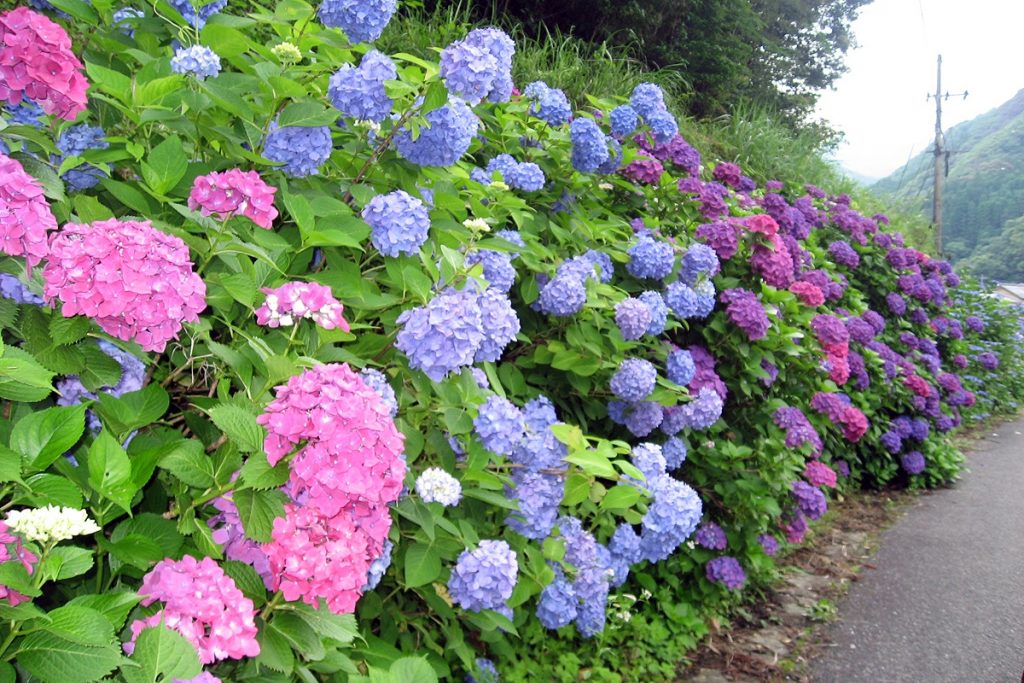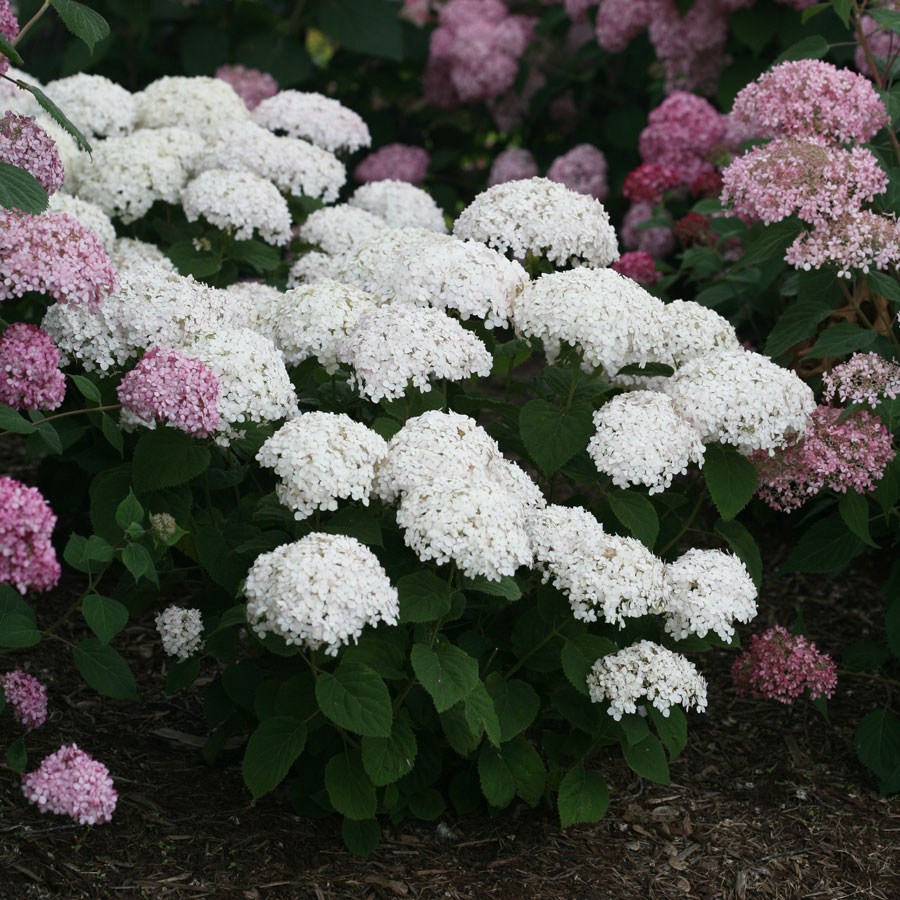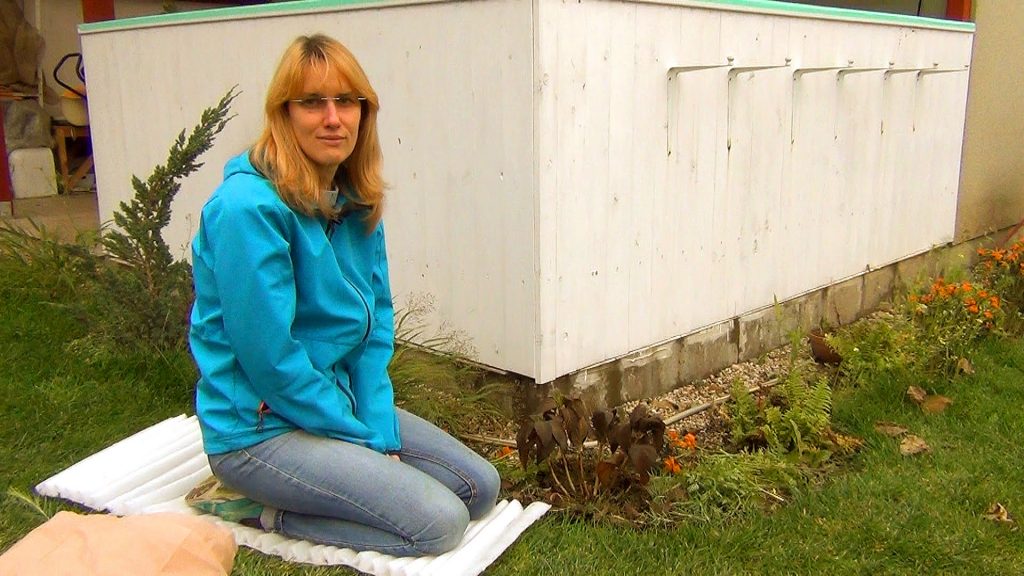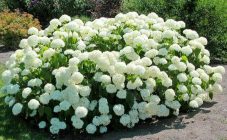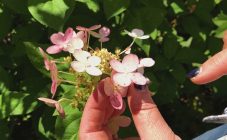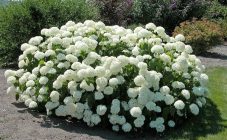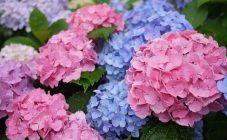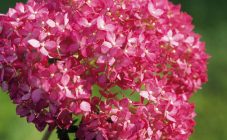Content:
Hydrangea is a widely used crop for decorating a backyard or garden. There are many types of this plant. Among them there are shrubs, weaving species, and even dwarf trees. The shrub hydrangea flower grows very quickly and blooms for a long time. In most cases, it blooms with white or creamy inflorescences. Hydrangea white bush does not require special care, it is resistant to low temperatures. Shrub hydrangea planting and care will not deliver any power costs to the gardener. Bush hydrangea will bloom even in the harsh climatic conditions of the Urals.
Culture propagation methods
Hydrangea propagation can take place in several ways. When asked: "how to plant a hydrangea from a large bush?", You should know that it can be propagated both by cuttings and by layering.
Cutting of this perennial takes place, as a rule, in summer. The most optimal time will be the beginning of sap flow and bud formation. A green shoot is cut from a bush flower, which has not yet had time to stiffen. Only the lower part of the young shoot is allowed to be lignified. The shoot is cut with three pairs of leaves. The lower two are immediately removed, and the upper part is cut off from the rest. After that, the cuttings are lowered for a short time into a diluted growth stimulant. Then the cuttings are planted in a container with sand and covered with foil. It will take a month to form the root system. After the roots appear, the plant can be planted in open, well-moistened soil, in partial shade.
It is most important to use the method of reproduction by layering in the summer, before bud break. For layering, the lowest branches are selected and buried to a depth of 10-15 cm. At the beginning of the shoot, an incision can be made, this will help the rapid formation of roots. You should constantly monitor that the land in which the bush hydrangea is planted is moist. In the fall, the cuttings are dug up and transplanted into a container for growing in greenhouse conditions. This happens because the cuttings are not yet strong enough to overwinter in the open field. But during its development in greenhouse conditions, it will gain strength, and already in the middle of spring it can be planted in a permanent place on the site. Planting and caring for perennial bush hydrangea will not take a lot of time from the gardener.
Seed planting hydrangea
Hydrangea seeds are selected only fresh. They should be purchased from trusted sources or certified centers.
They are sown at the beginning of winter, in special containers filled with a suitable substrate. You can prepare the ground for hydrangea seeds yourself.
This will require the following ingredients:
- 2 pieces of turf;
- 2 pieces of leafy land;
- 2 parts of humus;
- 1 part sand;
- 1 part peat.
Before sowing the seeds, the substrate is sprayed with water. The seeds are not sprinkled on top. After sowing, the containers are covered with glass or foil to create a greenhouse effect.
It is recommended to ensure that the ground does not dry out. If necessary, the substrate is watered again. When two full-fledged leaves appear, the sprouts are transplanted into small peat cups.They stay there until May, until they need to land in open ground. The sprouts are transplanted to the site when the temperature returns to normal. Before that, they can be tempered. This process consists in taking out the sprouts to fresh air for 15 minutes a day.
Culture care
For abundant flowering of bush hydrangea, you need to follow the main indicators, such as:
- Soil moisture;
- Penumbra;
- Soil composition;
- Fertilizers.
Hydrangea is a moisture-loving plant, so the soil should not dry out.
In strong sun, hydrangea leaves will burn, and with a lack of sunlight, the growth of the bush will slow down. Therefore, the best landing site is partial shade.
With increased acidity of the soil, hydrangea flowers will be creamy, and with neutral - white.
If it becomes necessary to transfer a perennial hydrangea bush, certain knowledge will be required when planting and caring for the plant. She can delight with her color in one place for many years, she does not tolerate a transplant very well. How to transplant a hydrangea bush to a new place with the least loss for a flower? The place to which the bush is transferred should be equivalent to the one where it has been growing for several years. If the transplant takes place in the spring, then the soil should be fertilized in the fall. If the bush needs to be transplanted in the autumn, then the soil is prepared at least one month before planting. Mineral fertilizers should be added to it and watered well. Also, drainage must be introduced into the planting pit. The bush can be deepened 20 cm, and the root collar should be turned to the northwest and be above the ground. After planting, mulch should be added to the root hole. It will protect the soil from drying out, and the roots from the sun's rays.
Preparing hydrangeas for winter
In autumn, after the plant has bloomed, it can be prepared for the winter frost. There are types of hydrangeas that are resistant to low temperatures, and there are those that do not tolerate frost.
Depending on the type of hydrangea on the site, the care of the plant differs. If a frost-resistant species is planted in the garden, then preparation for winter will consist only in pruning old flower branches. Throughout the winter, after heavy snowfalls, it will be necessary to ensure that there is not a lot of snow on the branches of the flower, since they often break under its weight. If a hydrangea species that is not resistant to frost is planted on the site, it will need to be covered. For this, the branches of the plant are pressed to the ground and covered with foliage or dry grass. If the flower is weak, then it would be best to put a barrel on it, in which there is no bottom, and cover it on top with polyethylene or agrofibre. At the beginning of spring, when the danger of severe frosts has passed, the barrel should be opened.
Caring for hydrangea is easy enough. It is necessary to constantly monitor that the soil does not dry out. If you follow the basic rules for caring for bush hydrangea, it will bloom luxuriantly for a long time, until late autumn, and delight the gardener with bright colors of its flowers.
